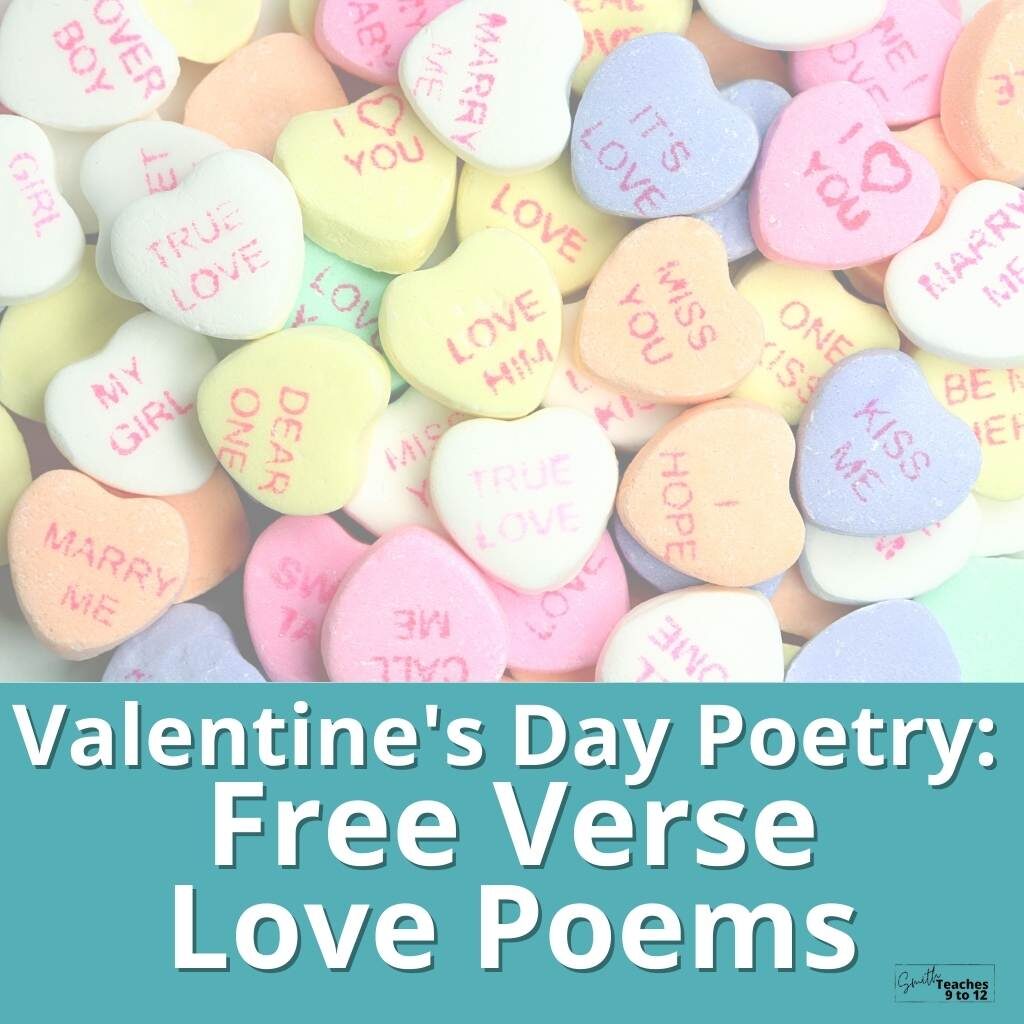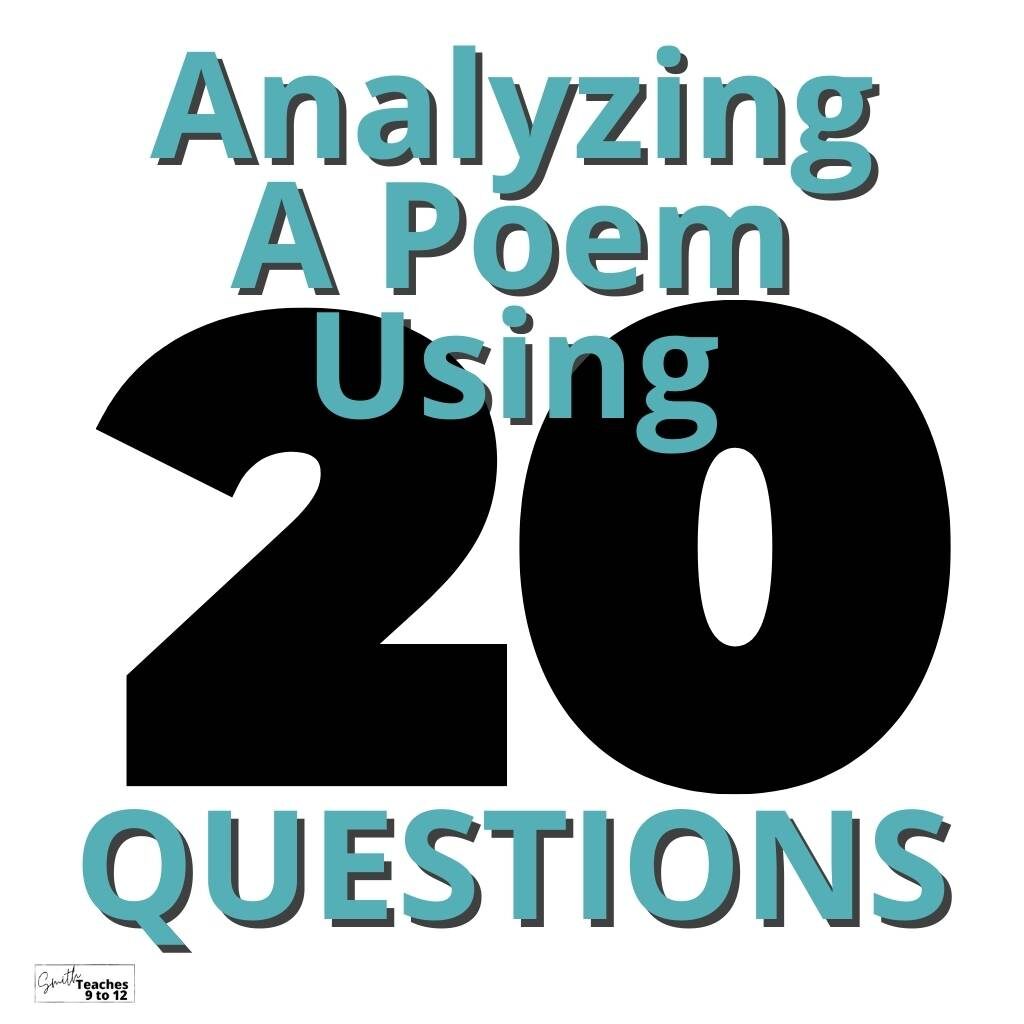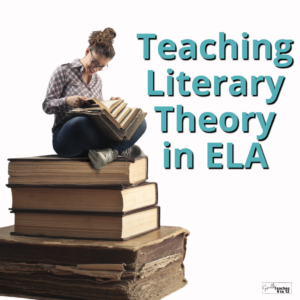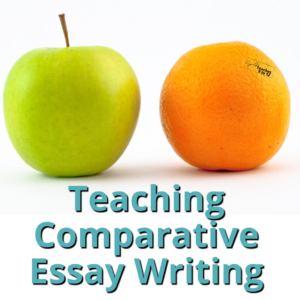Sharing is caring!
Many of us are familiar with famous love poems. We’ve read them, learned them, and maybe even taught them in our high school ELA classes. You know the ones you probably studied as part of a Valentine’s Day poetry lesson or were just part of a poetry unit in high school…
In fact, as I write this I can think of the opening lines of at least three famous love poems that have stuck with me for years and years.
How do I love thee? Let me count the ways. /
I love thee to the depth and breadth and height
O, my love is like a red, red, rose
She walks in beauty, like the night /
Of cloudless climes and starry skies
Sure, these classically famous love poems can work in high school ELA but sometimes you just want to step outside the expectations and include different poems.
Here’s where you might be like me, I’ve been working to expand the types of poetry I teach. (That’s why I put together this FREE poetry e-book with 5 print poems and 1 spoken word poem for every month of the year! The e-book also includes 8 activities that you can use with any poem!)
Free verse is one of those less-expected options for poetry lessons. When you add a twist of love types, free verse can be an amazing inclusion as Valentine’s Day poetry. And you might be wondering how to teach free verse poetry too.
Read on for suggested poems and activities to help you with a poetry lesson that works for Valentine’s Day, National Poetry Month in April, or really any time of the school year!
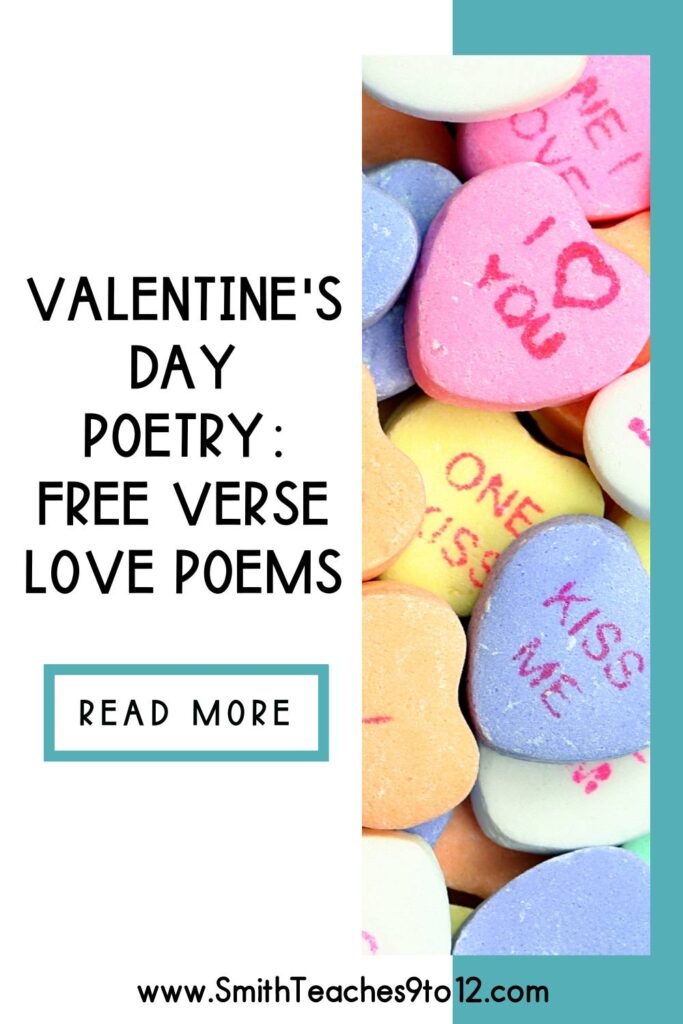
What makes a poem free verse?
You might be familiar with blank and free verse poetry. For a long time, I thought of them as the same. They have similarities in terms of less structure than a sonnet or ode and they both omit rhyming lines. However, blank verse still has some pattern or meter, or rhythm such as the use of iambic pentameter. Whereas free verse poetry is supposed to be that – no rhyme, no rhythm, but definitely reason!
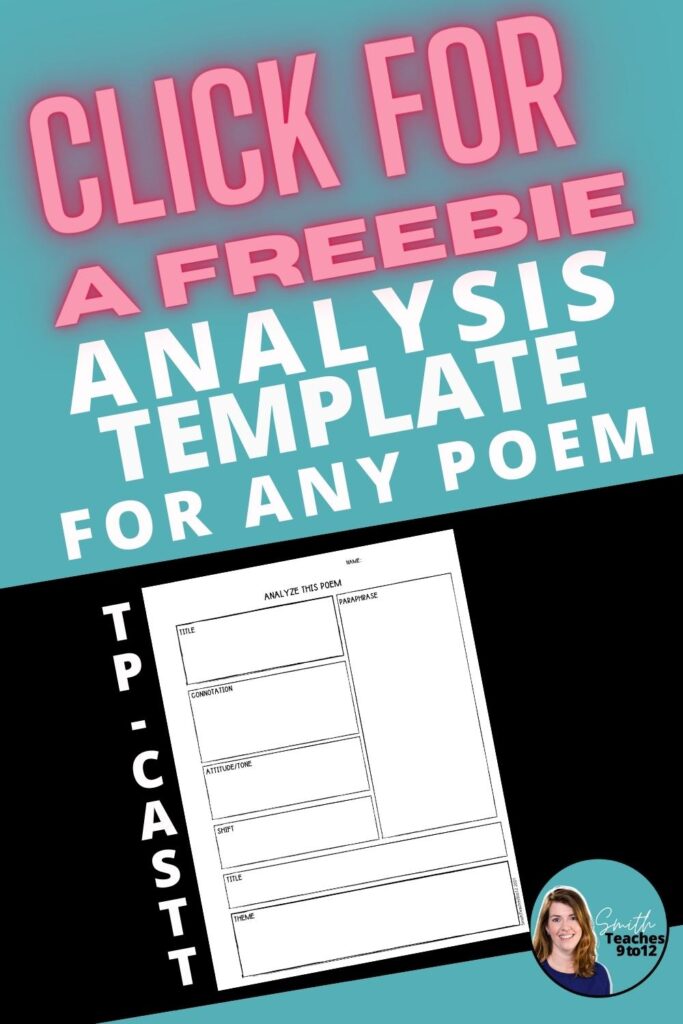
How to teach free verse poetry
Studying free verse poetry can be challenging because it doesn’t contain the usual elements we point students toward during analysis such as rhyme, meter, and rhythm. But take heart, you can still analyze free verse poetry using many of the same tools as you would a more traditionally-structured poem, including using a TP-CASTT method of analysis. (Grab a free TP-CASTT template and guide.)
Things to consider for a Valentine’s Day poetry lesson:
- The title – Use this to notice and note as a first and final impression. What does the title indicate before reading? Now that you’ve read the poem has the meaning of the title changed in meaning or significance?
- Imagery – What ‘pictures’ are created through the use of the 5 senses? Are these images ordinary or extraordinary? Why/How?
- Subject or topic – What is the message? What is the poem saying about X? How does this poem relate to traditional and non-traditional ideas of love?
- Word choice – Free verse poetry really opens up opportunities to explore connotation and denotation. This is often where the closest reading and deepest analysis happens with free verse poetry. Focusing on the poem’s basic building block of words can illuminate the (added) meaning.
Need more ideas for poetry analysis? Check out this post with 20 questions you can use with just about any poem.
Free verse alternatives to famous love poems
The following 10 poems are a great alternative to famous love poems, particularly if you’re doing a Valentine’s Day poetry lesson in your high school English classes.
While there might be some debate if all of the poems are “officially” free verse, the lack of rules for free verse make it possible to fit a lot under the guise of free verse!
[i carry your heart with me (I carry it in)] by E.E. Cummings
To bridge the gap from famous love poems to lesser-known free verse poems, you might start with the work of E.E. Cummings. He’s well-known for his line breaks, use of punctuation, and repetition. One of his most famous poems is [i carry your heart with me (I carry it in)] and it focuses on a more traditional version of love as its subject.
Resignation by Nikki Giovanni
If you don’t already know Nikki Giovanni, then you’re in for a treat! “Resignation” from 2016 features the reasons why the poem’s subject loves someone. This poem is a great companion to the more famous love poem Sonnet 43 How do I love thee by Elizabeth Barrett Browning. Giovanni’s work is obviously more contemporary but still lists a variety of reasons.
The shift in the poem, much like the shift in Sonnet 43, makes clear the message of the earlier part of the poem.
Teodoro Luna’s Two Kisses by Alberto Rios
This poem from 1990 is humorous in its description of the two different kinds of kisses Teodoro Luna has for his wife – one with his lips and the other about his eyebrows. It is this second ‘kiss’ in different circumstances that the poem describes.
poem i wrote sitting across the table from you by Kevin Varrone
Written in 2013, Varrone’s poem is mostly free verse but there is some repetition as well as a structure that resembles (non-rhyming) couplets. The imagery is particularly poignant in both a simple statement that inspired the poem – rubbing two nickels together – as well as the less simple of a human turning themselves inside out.
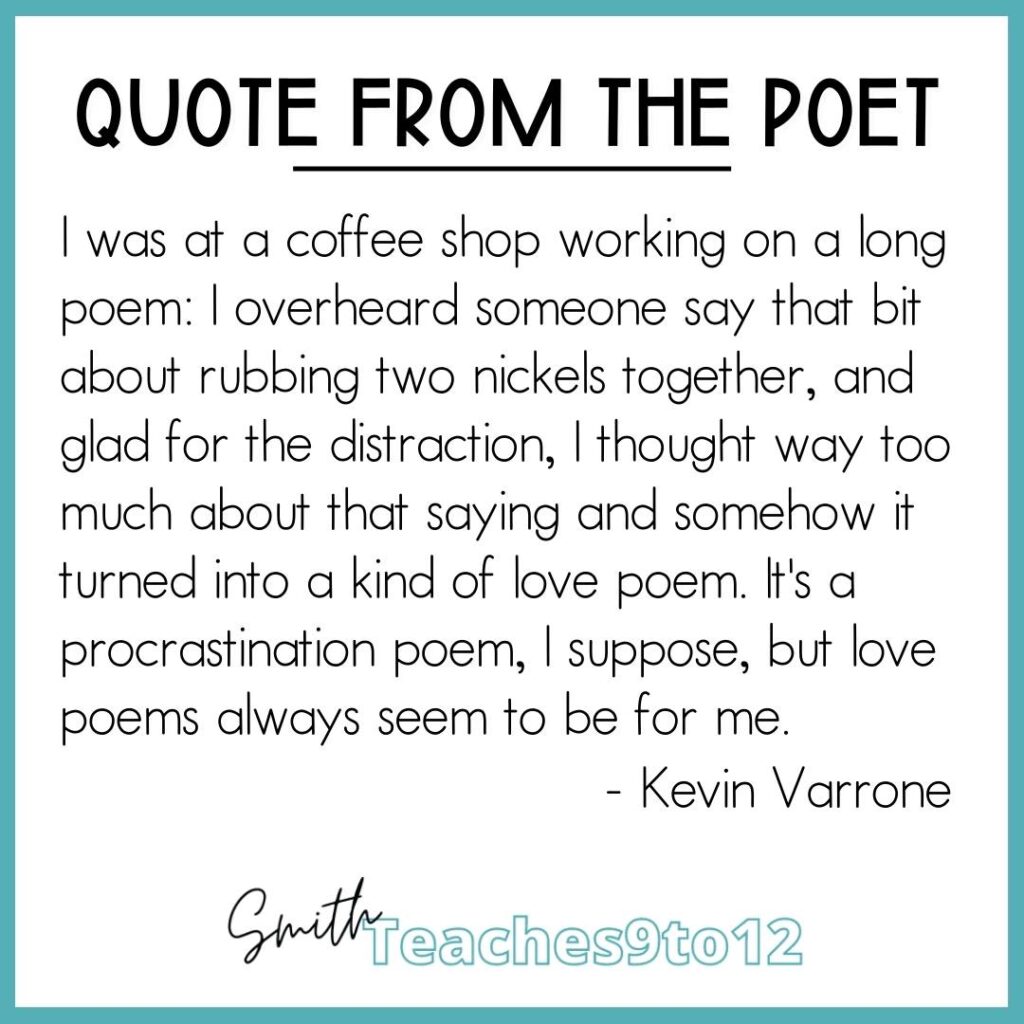
I always find it fascinating to hear poet’s describe the origins and creation of their work. If you’re interested in this too, look for your favorite contemporary poets on social media where they often chat all things poetry and process, among other things!
Heart to Heart by Rita Dove
Rita Dove was the Poet Laureate of the United States from 1993 to 1995. You can find a lot of her work through the Academy of American Poets.
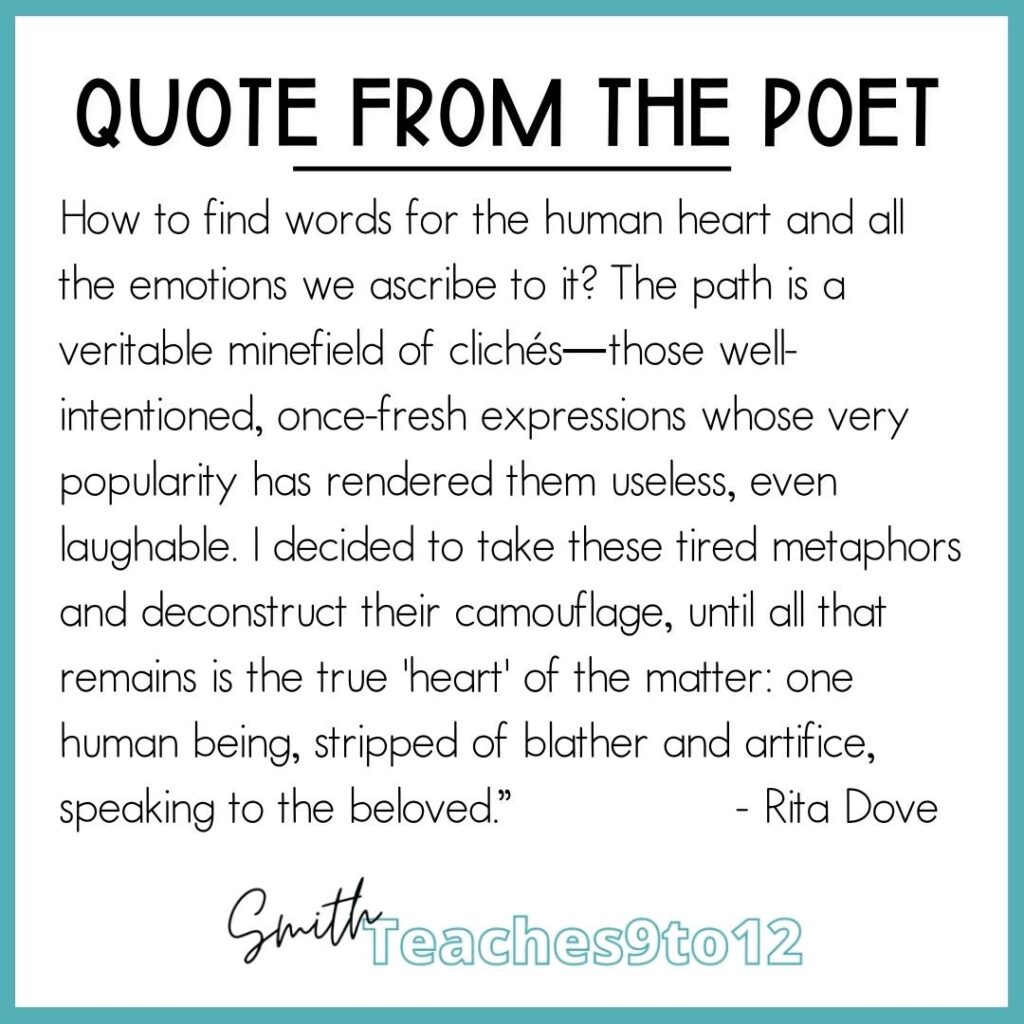
This poem from 2017 works with the physical organ of the heart in her description but then shifts it to something more symbolic as the poem progresses.
Vacation by Rita Dove
This one by Rita Dove is a twist on love – the love of vacation. As the opening lines share: I love the hour before takeoff, / that stretch of no time, no home / but the gray vinyl seats linked like / unfolding paper dolls.
When using this with students, focus on the imagery, tone, mood, and how this very ordinary aspect is made extraordinary through Dove’s word choices and imagery.
The School of Night & Hyphens by Chen Chen
Chen Chen’s poem from 2017 is a declaration of love to a man named Jeff. The speaker of the poem uses Jeff’s work-from-home job tasks and the one-half that the speaker hears throughout the workday to describe why he loves Jeff. It is a less traditional declaration of love and this poem could also work as a complement to Sonnet 43 by Elizabeth Barrett Browning.
For N & K by Gina Myers
This 2012 poem was written on the occasion of the poet’s friends’ wedding. The poem honors the couple and speaks to a different poem the speaker wanted to read but it mentions heartbreak and that seemed the wrong sentiment for a wedding day. So the poem is self-referential about constructing poetry. And the final line sums up the poem’s sentiment quite well: Not every day / can be a good day / but this is one of them, one / of the best days.
Love Letters (Clouds) by Sarah Manguso
A 2006 free verse poem Manguso’s Love Letters (Clouds) speaks of falling through clouds, life, and into love… and potentially out of love too (depending on the interpretation of the final line).
Love Language by Nikita Gill
This poem from instapoet (that’s the name for poets who mostly feature their work on Instagram) Nikita Gill defines all sorts of variations of love languages. Love languages are the ways in which people communicate their love to one another beyond simply saying I love you! The draw of the poem is that it encompasses more than romantic love
If you’re looking for alternatives to the usual Valentine’s Day poetry, these 10 contemporary alternatives to famous love poems are a perfect addition to your ELA lesson plans.


